As time nears what could be the definitive end of Dead & Company, fans are beginning to reflect on what will be lost alongside the band’s momentous 8-year run.
The term “end” is used loosely. This is not the first time a Dead-affiliate has labeled their tour final: 2015’s run in Chicago, dubbed the “Fare Thee Well” shows, marked the last time the remaining members of the Grateful Dead performed together on stage. Following every tour since then, fans have speculated as to when the group will hang up their instruments for good.
To be clear, Dead & Company is NOT the Grateful Dead. In February 2015, guitarist John Mayer invited Bob Weir to perform with him while he was guest hosting “The Late Late Show”. Mayer, who was introduced to the Dead after stumbling upon the track “Althea”, began practicing the group’s catalog as Weir was rehearsing for Fare Thee Well, and by August of 2015, Dead and Co. was formed. Mayer took over for the late Jerry Garcia, and original drummers Bill Kruetzmaan and Mickey Hart joined the project, along with bassist Oteil Burbridge and keyboardist Jeff Chimenti.
In the months following their 2022 summer tour, Dead & Co. announced that the next series would conclude their run as a group. Prior to the 2023 tour, Kreutzmann announced that he would no longer be with the group, citing “creative differences” as a reason for his departure. And with his abrupt exit, the final tour was underway.
Besides the new name and added players, there is not much of a difference between this band and its origin. At concerts, you’ll likely see original fans – now in their seniority – swaying and dancing like they did during the Dead’s original run. Most factors that made Grateful Dead concerts so electrifying can be found in aspects of Dead & Company performances. These components are what kept deadheads coming back for more, and ultimately, what will be missed most of all.
Shakedown Street
Once upon a time, deadheads would get together in parking lots before shows to trade and sell illegal substances. After the release of the 1978 album “Shakedown Street”, the name was synonymous with the traveling trade post. Over time, it became something different: a place for artists, vendors, and fans alike to interact and bond.
It’s become a pre-show ritual for deadheads to enter the lot with a couple of dollars or a means for trade. Yes – substances are still widely accessible, but most vendors specialize in artisan creations, like hand-dyed clothing or sewn patches. One vendor attending the Boston concerts was selling whittled ornaments; another, hand-painted selenite shards. This is also the perfect place to find a last-minute ticket to the show. On a good day, you may find a traveling fan who will trade their extra ticket for a grilled-cheese sandwich.
To older fans, the relaxed nature comes as a shock: yet, the shift comes as no surprise. Modern legalizations could have posed a threat to Shakedown Street, as there is no longer a need for an open drug trade. But, like the band and itself, the deadheads have adapted to the change and persevered.
Speaking of deadheads…
The Fans
Something about the audience at a Dead and Company show sets it apart from other concerts: and no, it’s not the nitrous oxide. Chemically induced or not, it feels like everyone is at a state of heightened bliss during these concerts. It’s basically impossible to be in a bad mood at a Dead show.
This is largely due to the comfortable and non-judgemental space that the fans have created. At live shows, fans are encouraged to dance and sway to their hearts’ desire, and to let the music move them. There are designated spaces on the floor, usually to the left of the stage, for people to spin wildly and freely. There are also subcultures of deadheads who have worked to make live shows more accessible and enjoyable for everyone. Often, there is a section for hearing-impaired showgoers (dubbed “Deafheads”), and there are meetups and safe spaces for Wharf Rats, aka fans who do not partake in the consumption of narcotics or alcohol. This community marks its presence with signs and yellow balloons and acts as a support group for fans in recovery.
The band emphasizes that fans should practice respect for themselves and others, and report any signs of danger. Prior to each show, members will post reminders via social media that “if you see something, say something”. Abiding by the rules set by the group allows all concertgoers to have a good time.
The Sound
Let’s get this straight: there is no such thing as a bad Dead show. However, there is such a thing as a GOOD Dead show, and this run has included some of their best in years.
For those unfamiliar with the Grateful Dead, it’s important to remember that the most iconic aspect of the band is their live shows. The band only had one recording to reach the top 40 in their entire run, so the biggest contributor to their fame is the notoriety of their concerts. Known for their extra long jam sessions, it is not uncommon for Dead shows to run over 3 hours long. To account for this, each show has two sets, with a 30 minute break in the middle. The greatest part of the tour is that each show has a different setlist, so you’ll never see the same show twice (also the reason that hardcore deadheads will follow the group from state to state).
What set Dead & Co. apart from other jam bands is the inclusion of John Mayer on vocals and guitar. Swifties, I know you have many feelings about John Mayer. I do too. And although I feel conflicted admitting it, he is a solid successor to Jerry Garcia. He can improvise a 15 minute solo with ease, but knows when to keep his head down and let Weir lead.
Although original members are sparse, the group which makes up Dead & Co. hones their talent well. Burbridge, who previously played with the Allman Brothers Band, is a master at his craft, effortlessly laying down the bassline to any track, be it rock, blues, or jazz. Chimenti also accomplishes the near impossible, having become the longest-tenured keyboardist for the Dead without having been a part of the original group. Many older fans have been turned off by the lack of Garcia and the inclusion of non-original members: yet, it is clear that those who have been added to the group have a deep understanding of the music, history, and culture previously established. These musicians deserve the respect of audiences and it is disappointing to lose such a powerful group within the industry.
The Future
When Dead & Company concluded their run on July 16th, many fans were left wondering about the future of the group. Has this tour marked the end of the Dead’s historic 58-year run?
Honestly, probably not.
For those who were unable to see Dead & Co. live, not all hope is lost. Given Bob Weir’s extensive history with Dead-affiliates, it is more than likely that he will continue to perform the music of the Grateful Dead under another name. Following this tour, he will accompany the Outlaw Music Festival starting in September. He also continues to perform with Bobby Weir & Wolf Bros, a group formed in 2018.
Further (or should I say “Furthur”), there’s Joe Russo’s Almost Dead, a group which has garnered substantial success by covering Dead tunes. There are also hundreds of Grateful Dead cover bands across the United States, like the Bearly Dead and The Stolen Faces.
All of this goes to show the sheer impact the Grateful Dead has had on its audience, and the uniqueness of the group’s fan base. The members could have easily called it quits after Garcia’s passing, yet their passion for music and devotion to his legacy has persisted for almost 3 decades. Their perseverance has connected fans new and old, and allowed concertgoers to participate in an experience unlike any other. Though this tour indicates the end of Dead & Company’s run, the music of the Grateful Dead will continue to enthuse and inspire for years to come.
“The Music Never Stopped,” and hopefully, it never will.


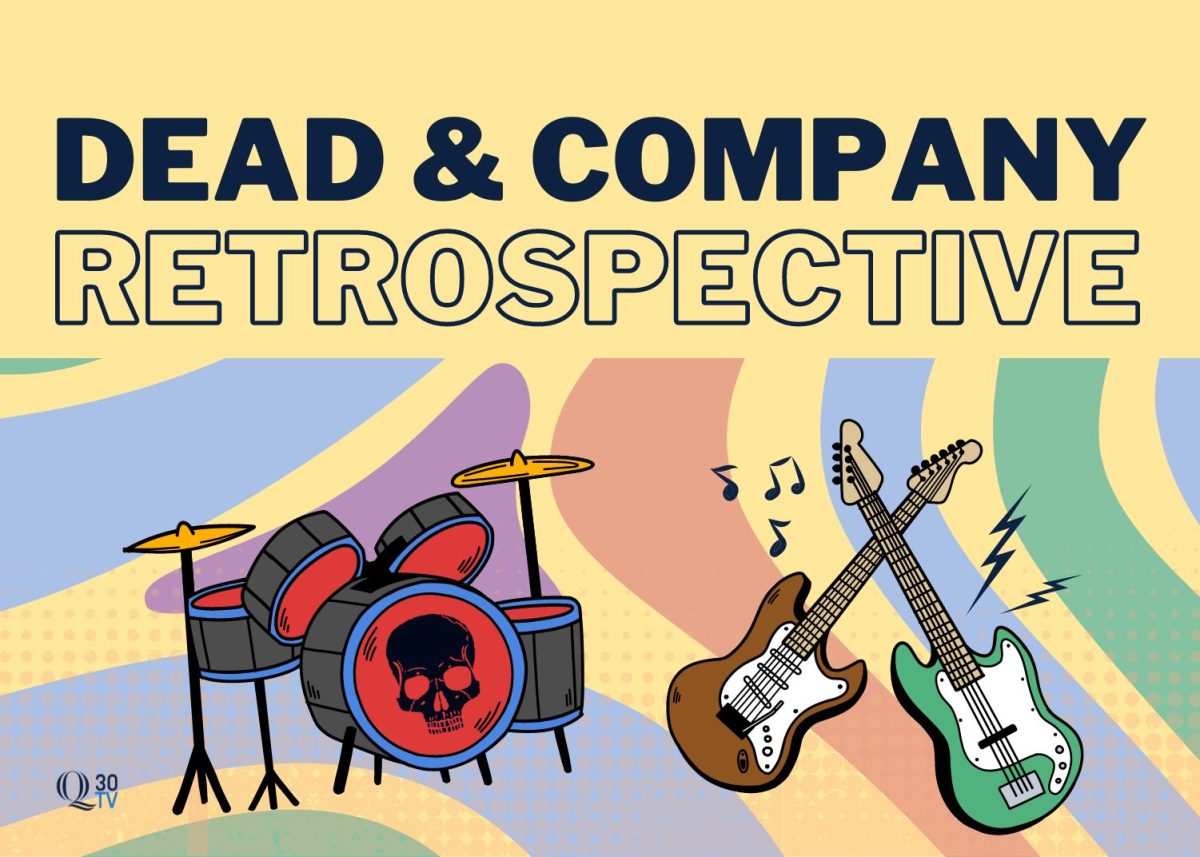
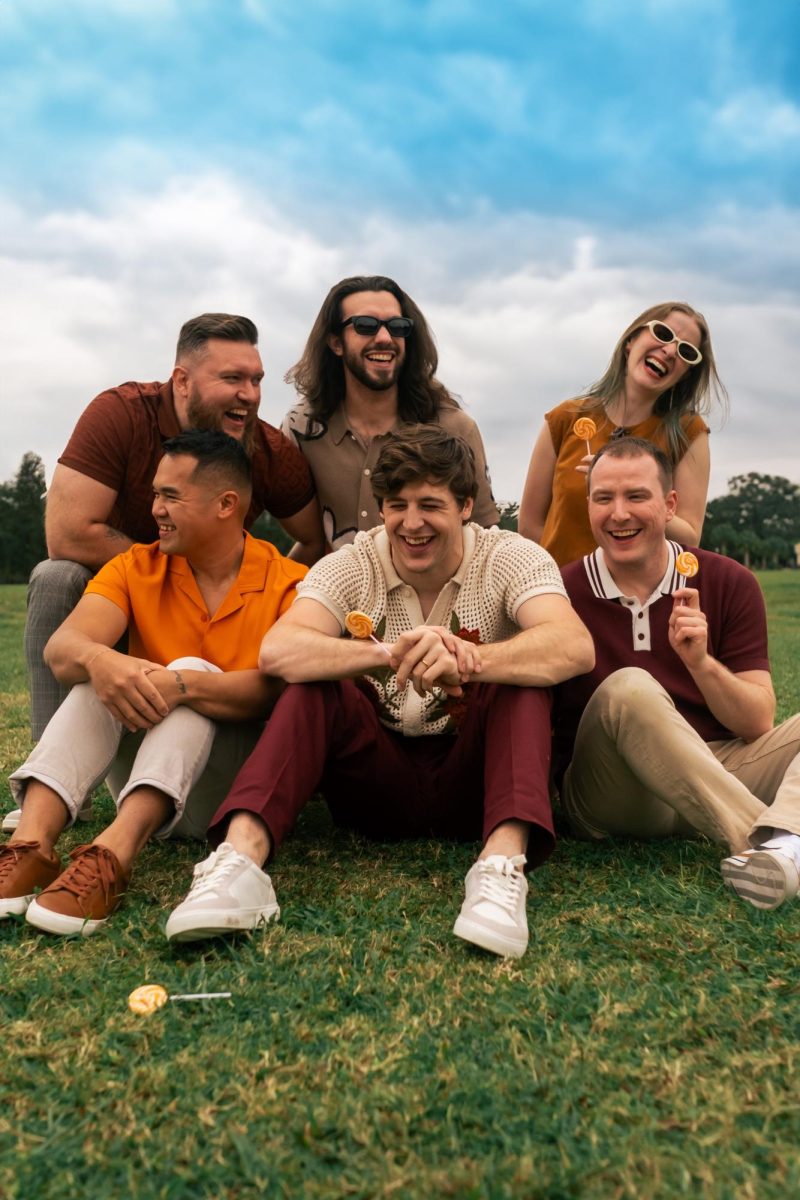

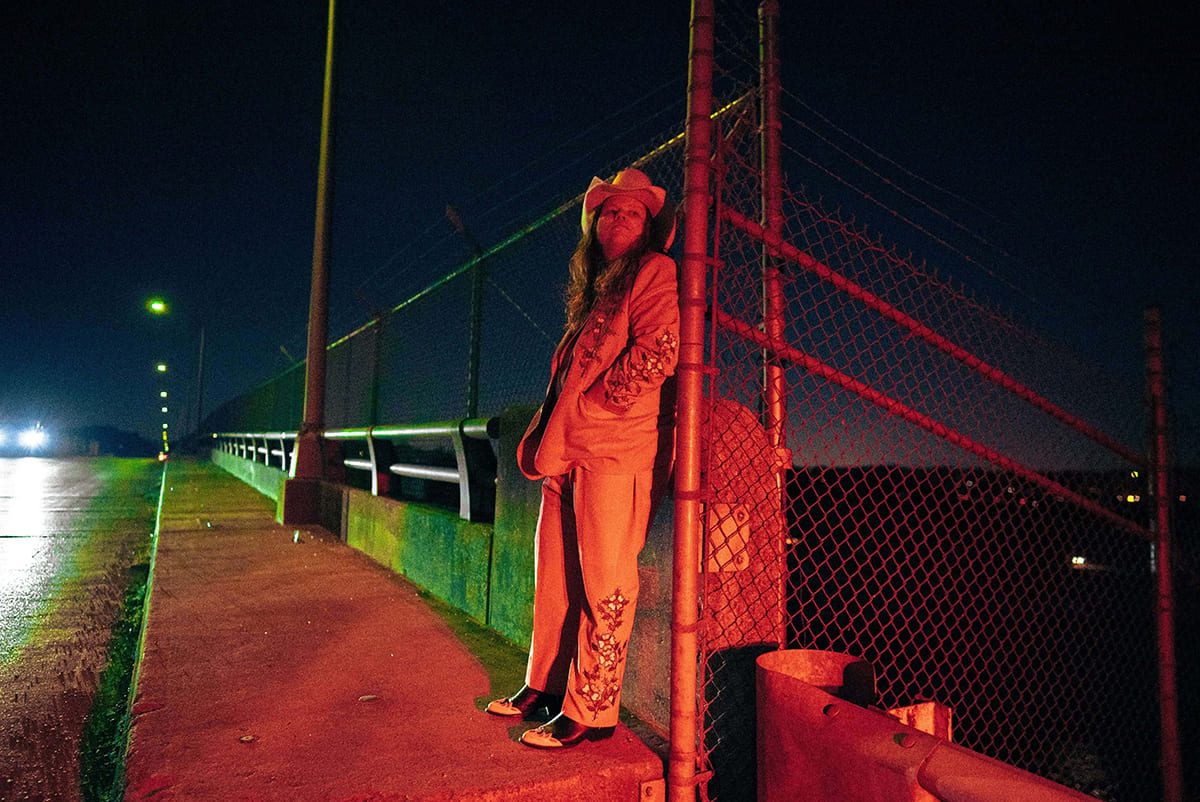
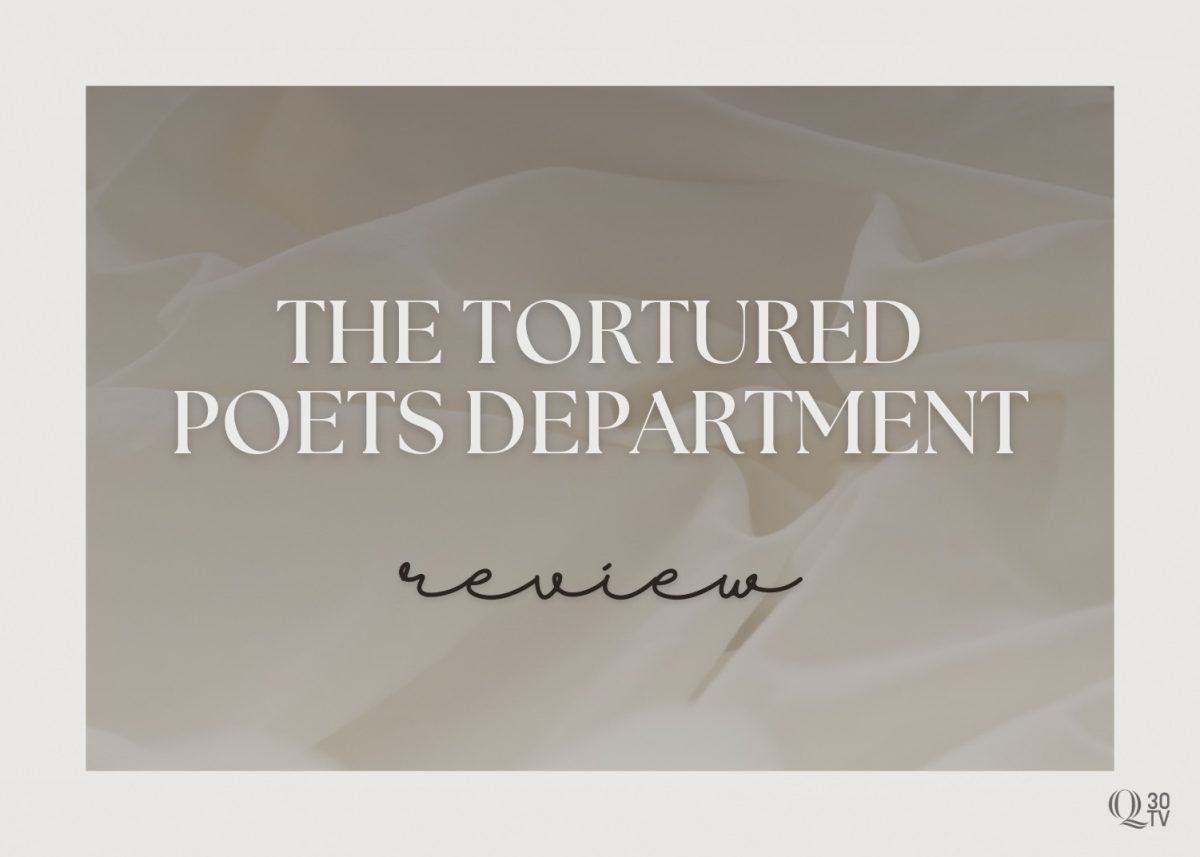
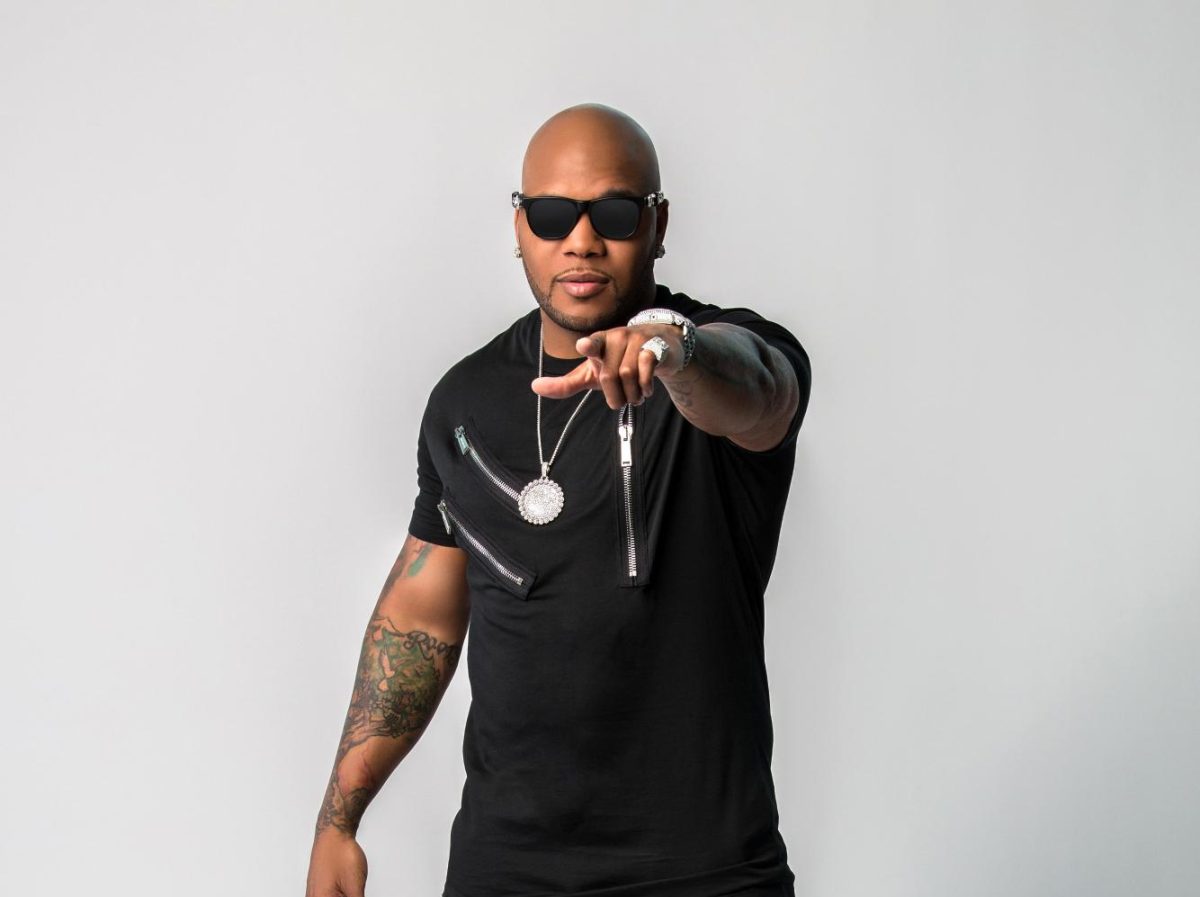
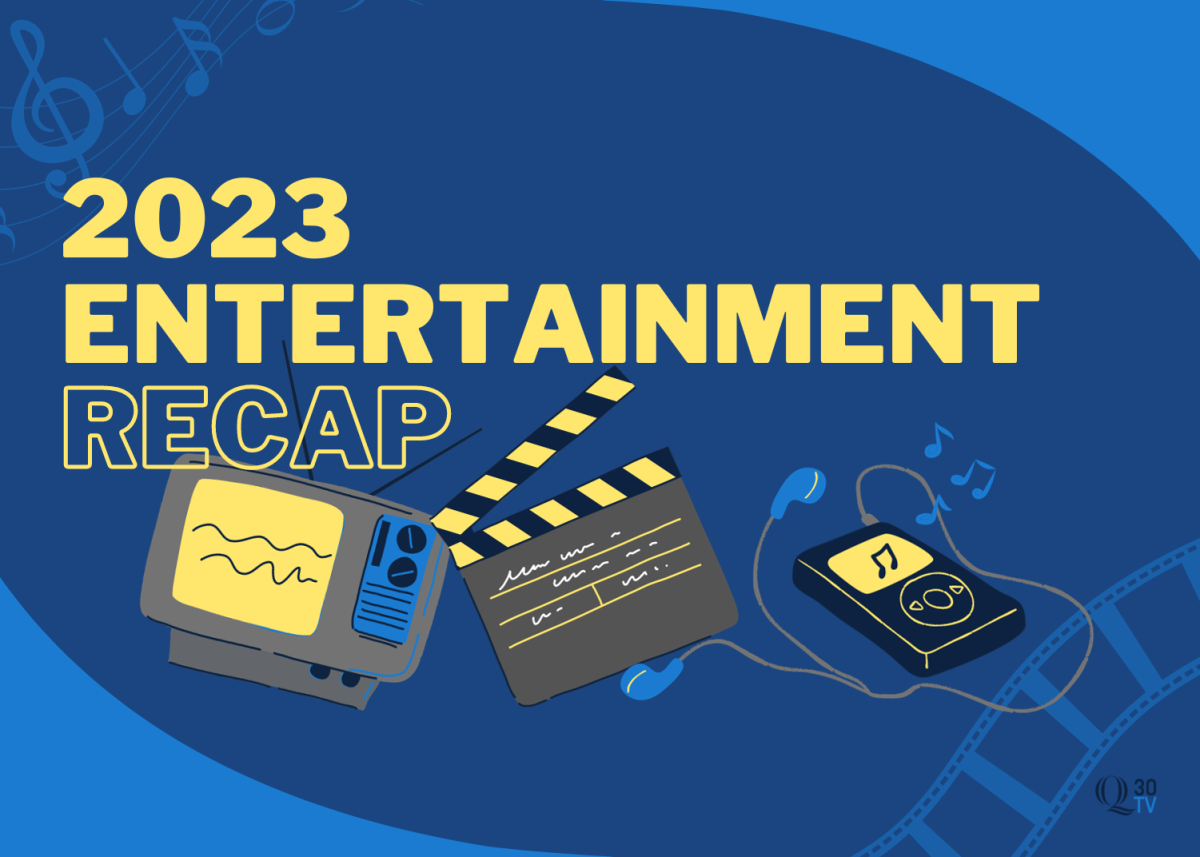
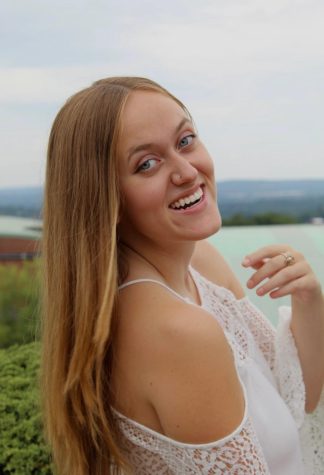
Danielle M Robison-Engeman • Dec 4, 2023 at 11:16 am
Forever DEAD….Forever GRATEFUL! 💖✌️